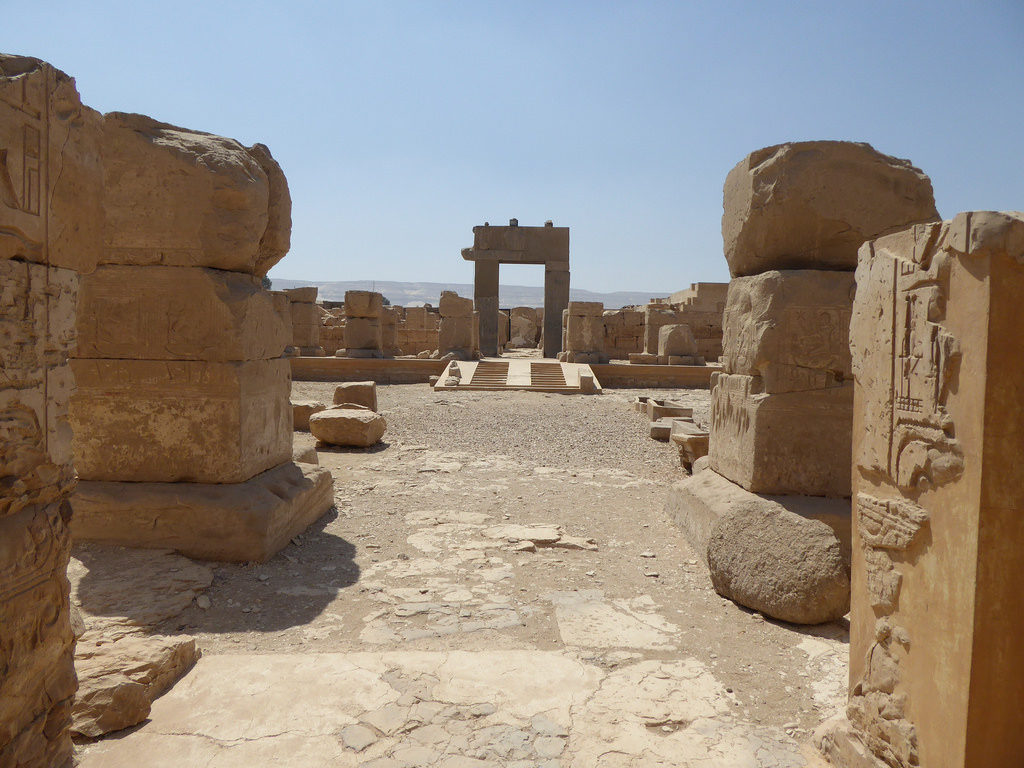By Muhammed Aladdin
Because of its prominence in ancient Egypt, for years, Abydos, Sohag has always been believed to hold undiscovered archaeological treasures. The New York Mission, along with Sameh Iskandar, working at Sohag’s Ramses II Temple unearthed a new palace belonging to the 19th Dynasty Pharaoh.
“It is a very important discovery which will change, for the first time, the plan of the temple more than 160 years since its discovery,” said Mostafa Waziri, Secretary-General of the Supreme Council of Antiquities.

The discovery has helped us further our understanding of the architecture and development of temple places during the Ramesside period. In fact, the newly-discovered temple palace shows significant parallels to the temple palace of Ramses II’s father Seti I in Abydos some 300 meters to the south.
Iskandar stated to Ahram Online, the excavation effort initially targeted architectural elements south of the temple. However, while excavating the mission accidentally stumbled on a stone walkway at the southwestern door of the temple. Surprisingly, this walkway led to an entrance of a palace building that contains the cartouches of Ramses II.
Archaeologists found that the palace’s walls were built of mudbrick and limestone that has lintels inscribed with the chronicles of Ramses II’s reign. There were also some fragments that were found to be decorated with stars.

According to the Head of the Ancient Egyptian Antiquities Department, Ayman Ashmawi, the temple foundation inscriptions have an extremely rare depiction of Ramses II’s cartouches. These appear on all four corners of the palace, showing Ramses II’s birth and throne names painted in a golden color.
There were also inscriptions surmounted with golden feathers with a sun disk in between and beneath these a decorative golden insignia can be seen.
Ramses II Temple is one of the smallest, yet most preserved ancient Egyptian temples. It is a rectangular, roofless structure with sanctuaries for each of the gods Ramses II considered to be important including Osiris, Amun-Ra, Thoth, Min, the deified Seti I, and Ramses himself.

The temple still retains a significant amount of color clearly visible on figures of priests, offering bearers, and the Pharaoh’s anointing the gods’ statues.
Abydos is one of Egypt’s most well-preserved ancient cities with its two grand temples that attract thousands of tourists per year, and the discovery of Ramses II’s Temple Palace is sure to ramp up the numbers.



